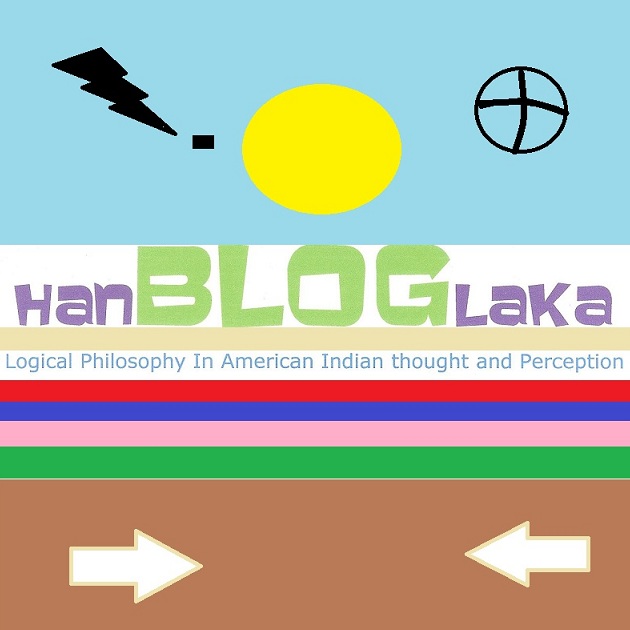Script:
Phil Evans Pencils and Inks: Jesse
Marsh
© Respective copyright/trademark holders.
6.
The law of tautology, in two forms:
(*4·24) ├ : p . ≡ : p . p,
(*4·25) ├ : p . ≡ . p v p.
i.e. “p is true” is equivalent to “p is true and p is
true,” as well as to “p is true or p is true,” from a formal point of view, it
is through the law of tautology and its consequences that the algebra of logic
is chiefly distinguished from ordinary algebra.
The law of absorption:
(*4·71) ├ :. p É q . ≡ : p . ≡ . p . q .
This shows the factor q is absorbed by the factor p,
if p implies q. This principle allows us to replace an implication (p ) q) by
an equivalence
(p . ≡ . p . q .) whenever it is convenient to do so.
An analogous and very important principle is the
following:
(*4·73) ├ :. q . É : p . ≡ . p . q .
Logical addition and multiplication of propositions
obey the associative and communicative laws, and the distributive laws in two
forms, namely:
(*4·4) ├ :. p . q v r . ≡ : p . q v p . r,
(*4·41) ├ :. p . v
. q . r : ≡ : p v q . p v r.
The second of these distinguishes the relations of logical
addition and multiplication from of those of mathematical addition and
multiplication.
Script: Bob Powell Pencils and Inks: Bob Powell © Respective copyright/trademark holders.
Tautology is not welcome generally in
language or standard written communication; but it is a building block of
thought and the determining of fine distinctions. Tautology is the repetition
of an idea, especially in other words than fit the present context without
imparting more clear or forceful emphasis. This is detrimental to speech or
journalism in that is wastes time and energy in communicating abstract ideas to
others and most often impedes our purpose.
However in the field of logic and
logical philosophy under present examination, tautology represents a compound
propositional form in which all instances are true or all instances are false.
This is useful in our thought process and in propositional notation which we
can see, consider and share without the lengthy exposition that destroys its
value by inertia.
Absorption is a process that allows us
to, within set guidelines, recognize and convert the nature of more speculative
propositions into ones that are more provable and acceptable. These are
propositional equations that resemble mathematic equations, but do not function
in the same manner. This dissonance causes mathematicians to want to change
terms and structures in these introductory chapters, but this is a big mistake.
Any changes or simplifications in the metaphysical construct here affects and
corrupts perception and understanding of the actual mathematical content in the
body of Principia Mathematica.
Script: Robert Schaefer; Eric Freiwald Pencils and Inks: Russ Manning © Respective copyright/trademark holders.





No comments:
Post a Comment